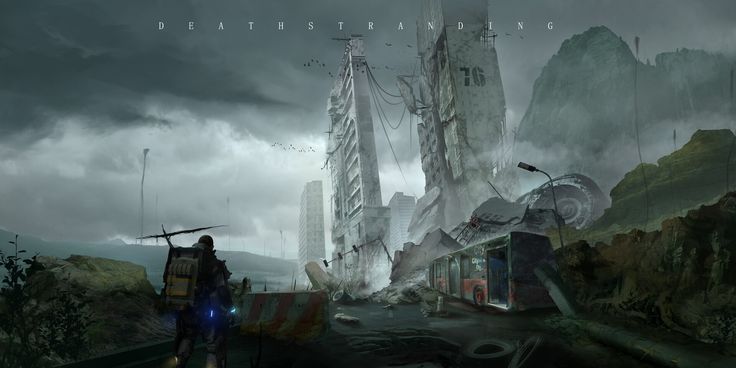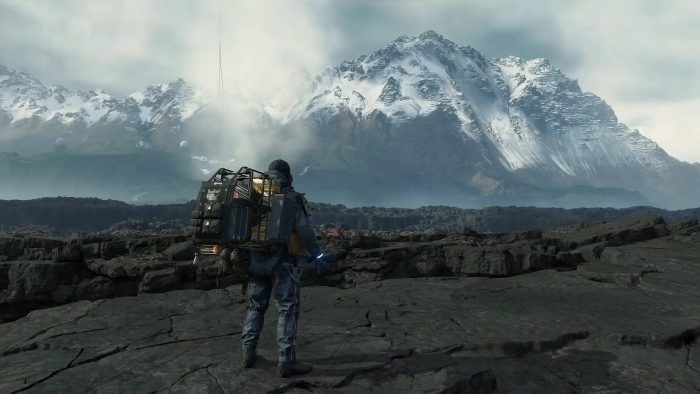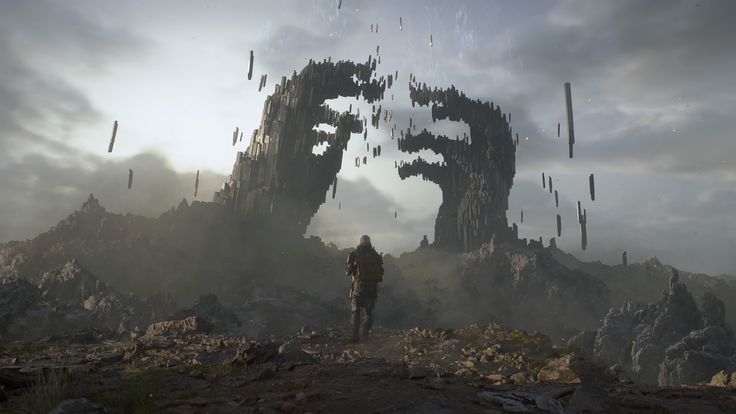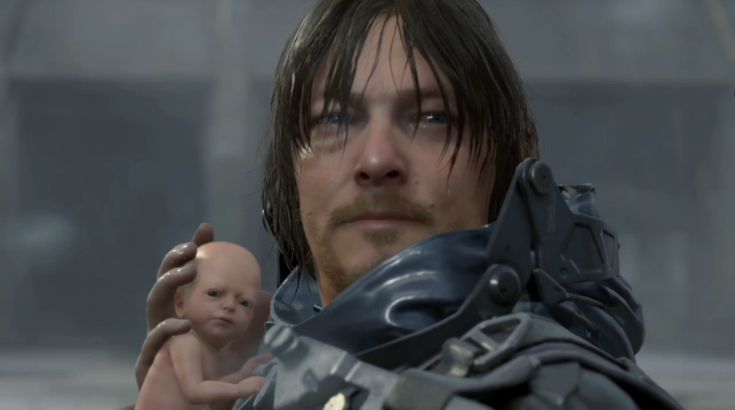Using Real Actors: How Their Faces and Performances Nailed the Emotion
Introduction
One of the most unforgettable things about Death Stranding is the fact that it doesn’t just give you characters—it gives you people. Real actors, with real faces, real emotions, and expressions so vivid they could pierce through the screen. Hideo Kojima didn’t settle for generic models or lifeless animations. He brought in world-class actors like Norman Reedus, Mads Mikkelsen, Léa Seydoux, and others, and turned their performances into the soul of the game.
When you look into Sam Porter Bridges’ weary eyes, you’re not just looking at pixels—you’re looking at Norman’s humanity shining through. Every subtle twitch, every tired breath, every tear feels authentic because it is authentic. These aren’t scripted animations copied and pasted; they’re performances captured with care and precision, carrying weight in every line of dialogue.
And the result? A game where cutscenes feel like cinema and gameplay moments still carry the essence of these actors’ presence. This is more than casting famous faces—it’s about translating raw, human emotion into a digital world, making every interaction unforgettable.
In this article, we’ll dive into how these actors brought life to Death Stranding, and why their presence changed storytelling in gaming forever.

Using Real Actors: How Their Faces and Performances Mastered Emotion in Death Stranding
From the very first trailer of Death Stranding, it was clear that this wasn’t going to be just another video game. The moment Norman Reedus appeared on screen, holding a fragile newborn in a desolate world, gamers everywhere felt something unique—a cinematic quality that most games only dream of achieving. And the secret behind that emotional punch? Real actors.
Hideo Kojima didn’t just want characters; he wanted people—flesh and blood emotions translated into a digital universe. Actors like Norman Reedus, Mads Mikkelsen, Léa Seydoux, and Troy Baker weren’t simply lending their voices. They gave their faces, their movements, their subtle human quirks. Through motion capture and meticulous performance direction, Death Stranding captured expressions so authentic that players could almost feel the weight of every sigh, every glance, every tear.
Take Norman’s portrayal of Sam Porter Bridges. He’s stoic, burdened by isolation, yet his vulnerability slips through in those quiet moments—when his eyes soften as he holds a BB or when exhaustion bends his posture just a little more. Then there’s Mads Mikkelsen, whose performance as Clifford Unger is nothing short of haunting. His delivery in flashbacks blends love, pain, and obsession, leaving players both heartbroken and mesmerized.
Léa Seydoux brings Fragile to life with elegance and strength, balancing fragility and determination in a way that feels almost poetic. Her monologue about “suffering for her sins” isn’t just dialogue—it’s raw confession, carried by a face that trembles with truth. Even Troy Baker’s flamboyant portrayal of Higgs radiates charisma, menace, and just the right amount of insanity, proving that every actor in Death Stranding left an indelible mark.
What makes this so impactful is the intentionality. These actors weren’t added as a gimmick. Their performances are the beating heart of the narrative. Kojima gave them space to act, to emote, to shape the story not just through words but through presence. When Sam trudges across a lifeless landscape, his fatigue feels real because Norman wore that weight during capture. When Clifford whispers goodbye, it’s not just scripted—it’s Mads pouring his soul into pixels.
This is where gaming evolves. Death Stranding proves that video games can rival cinema in emotional depth, not by imitating movies, but by blending interactivity with authentic human expression. These performances make us care, make us pause during cutscenes—not because we’re forced to watch, but because we want to.
In the end, using real actors wasn’t just a technical choice. It was an artistic statement: that emotion matters, that connection matters, and that even in a fragmented, lonely world, humanity will always find a way to reach us—through a glance, a tear, a smile, captured forever in the language of pixels.
More articles from the game Death Stranding
More articles from the world of Nier
🎧 Dive Into the Unknown
I’ve recorded a special podcast exploring one of the many deep theories from the world of Nier. While it’s the only episode for now, there’s so much more to discover in the articles below—until the next voice finds its way to you.


















